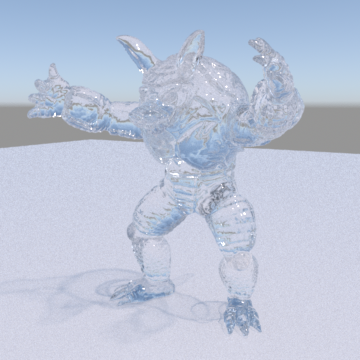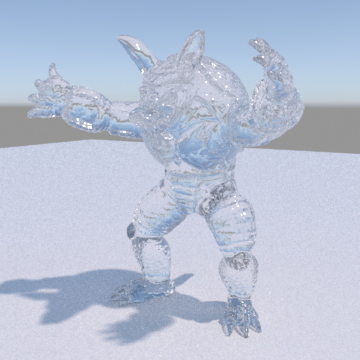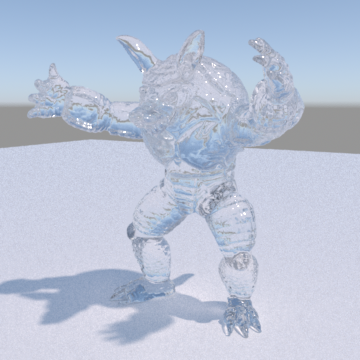Glass¶
Use the
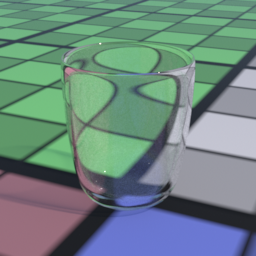
By default, the Glass preset forces a 4 bounces refraction so it is easy to render a transparent glass. You can easily change this to a 2 bounces refraction by modifying the following attributes:
Shader > Spec1 > Ray Depth = 2Shader > Glass > Ray Depth = 2Attributes > Raytracing > Max Bounces = 1

The Max Bounces value makes sure the glass object won't be traced any more after 1 bounce.
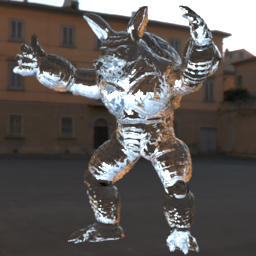

Double Sided Glass
Use Double Sided mode to render classic, plain glass objects. This model fully simulate refraction and the appropriate deviation of light crossing the surface.

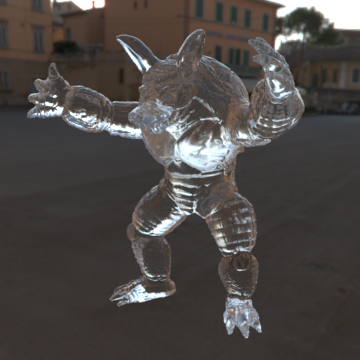
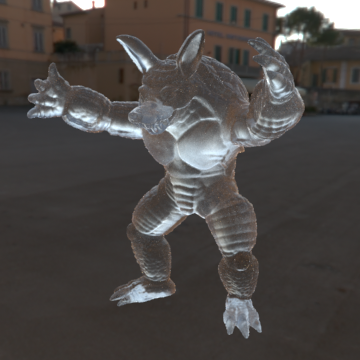
Thin Glass
Use Thin Glass mode to render thin layers of glass, such as windows. This model approximate a thin layer of glass, and allows rough surfaces.
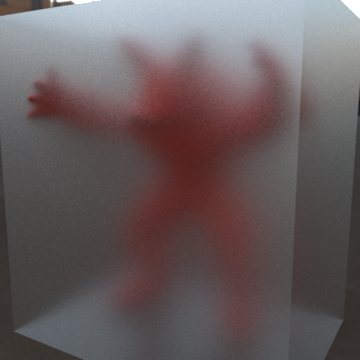
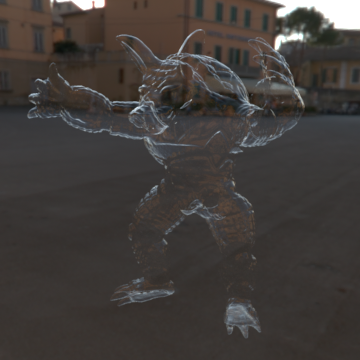

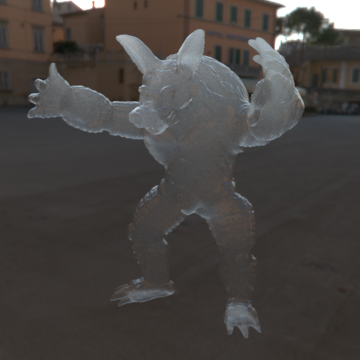
Transparency Glass
Use Transparent Glass mode to render thin layers of smooth glass, such as soap bubbles. This model uses transparency (as implied by its name) to simulate thin refractions, and doesn't consider successive layers of transparency as refractions, thus not requiring to increase the number of refraction bounces.
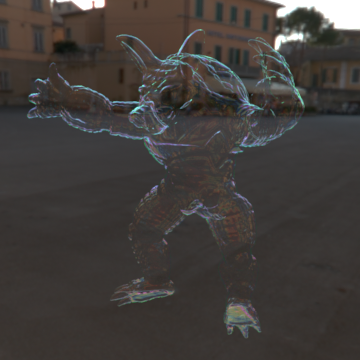
Caustics
Caustics caused by glass objects are generally expensive to render, but can be
simply approximated with the Surface2 shader. Set the
